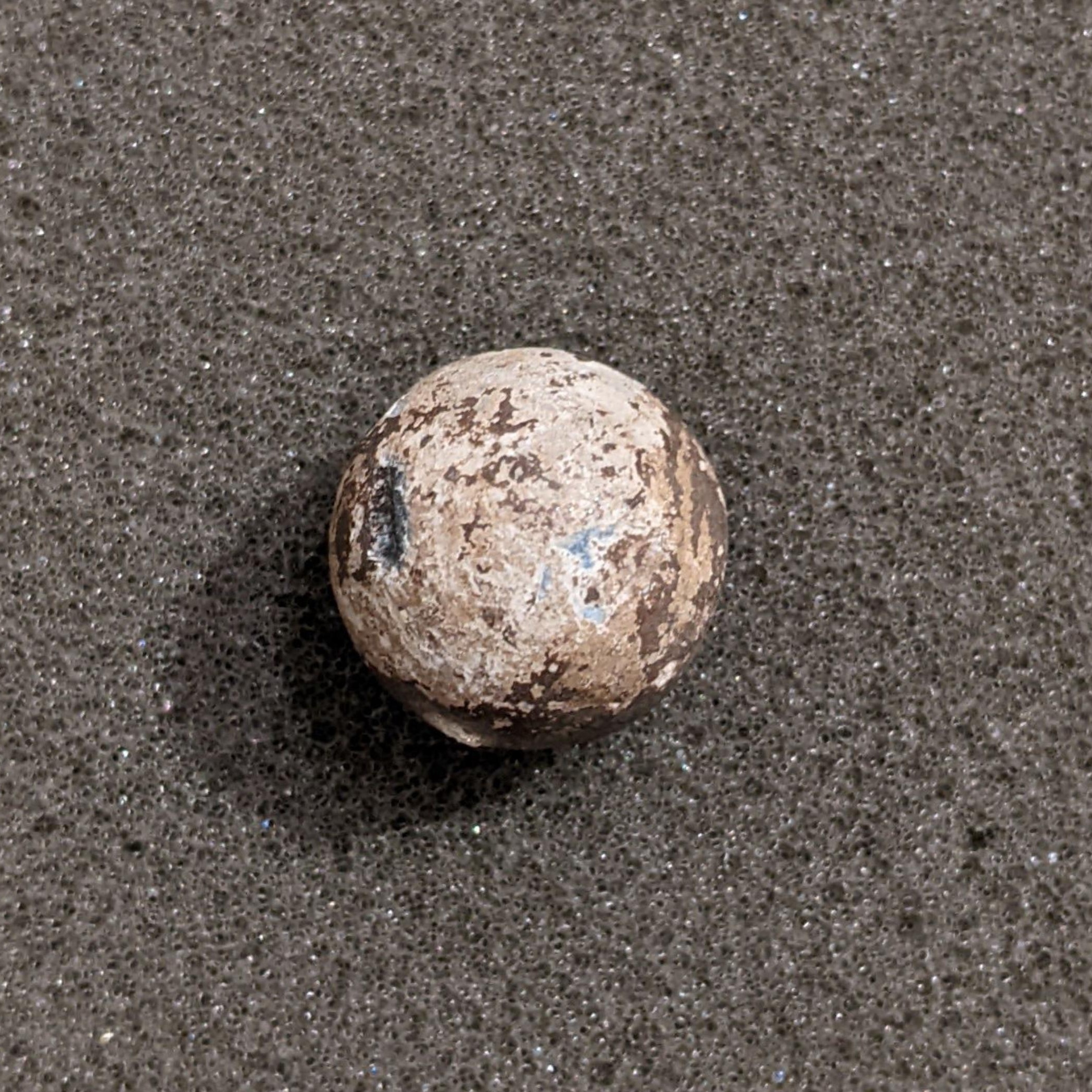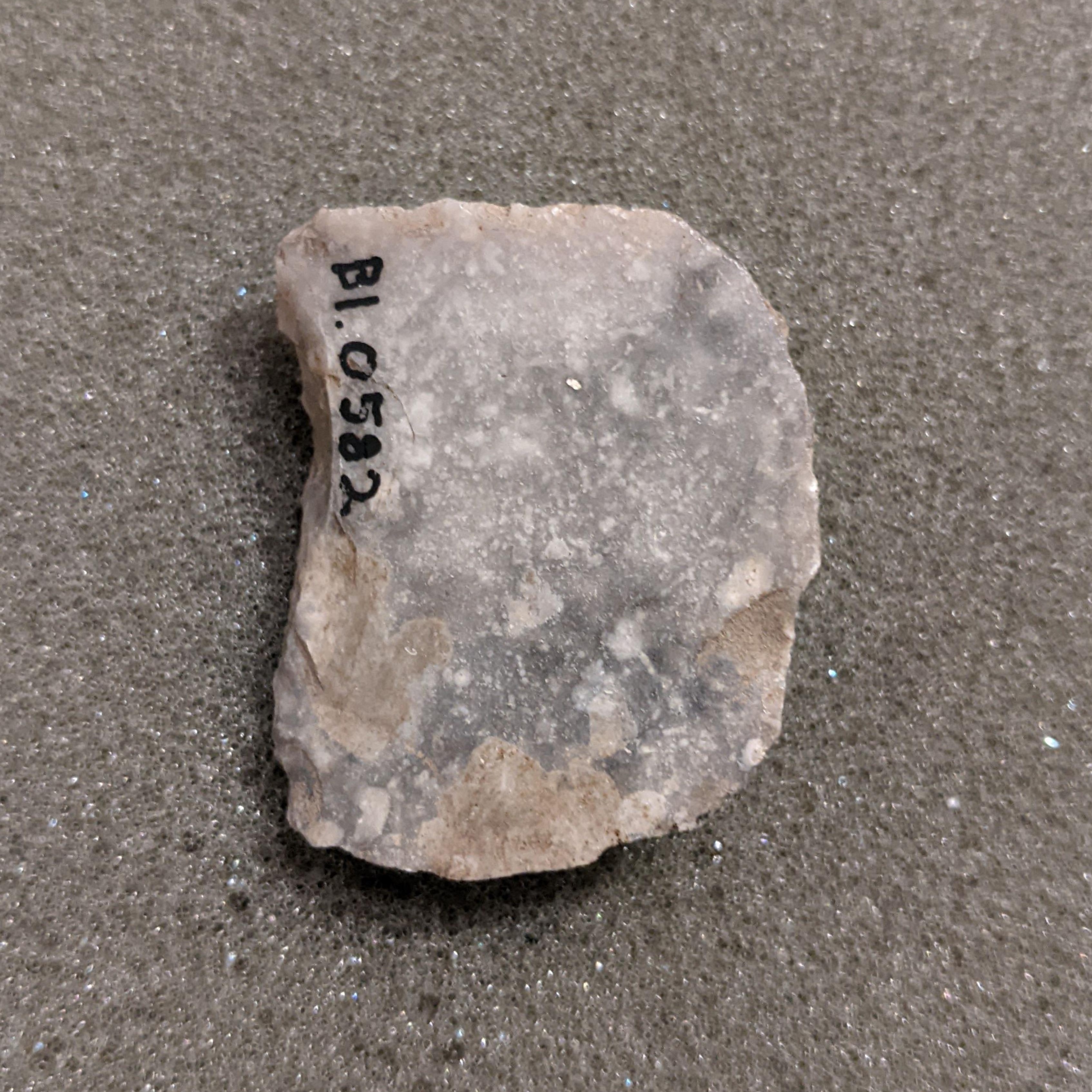Each of these physical objects has a geographic story to tell, representing the five scales of this exhibition. People living in eighteenth and early nineteenth century Boston would have been familiar with objects like these, some of which traveled thousands of miles to arrive in the city, while others were created nearby.
Empire
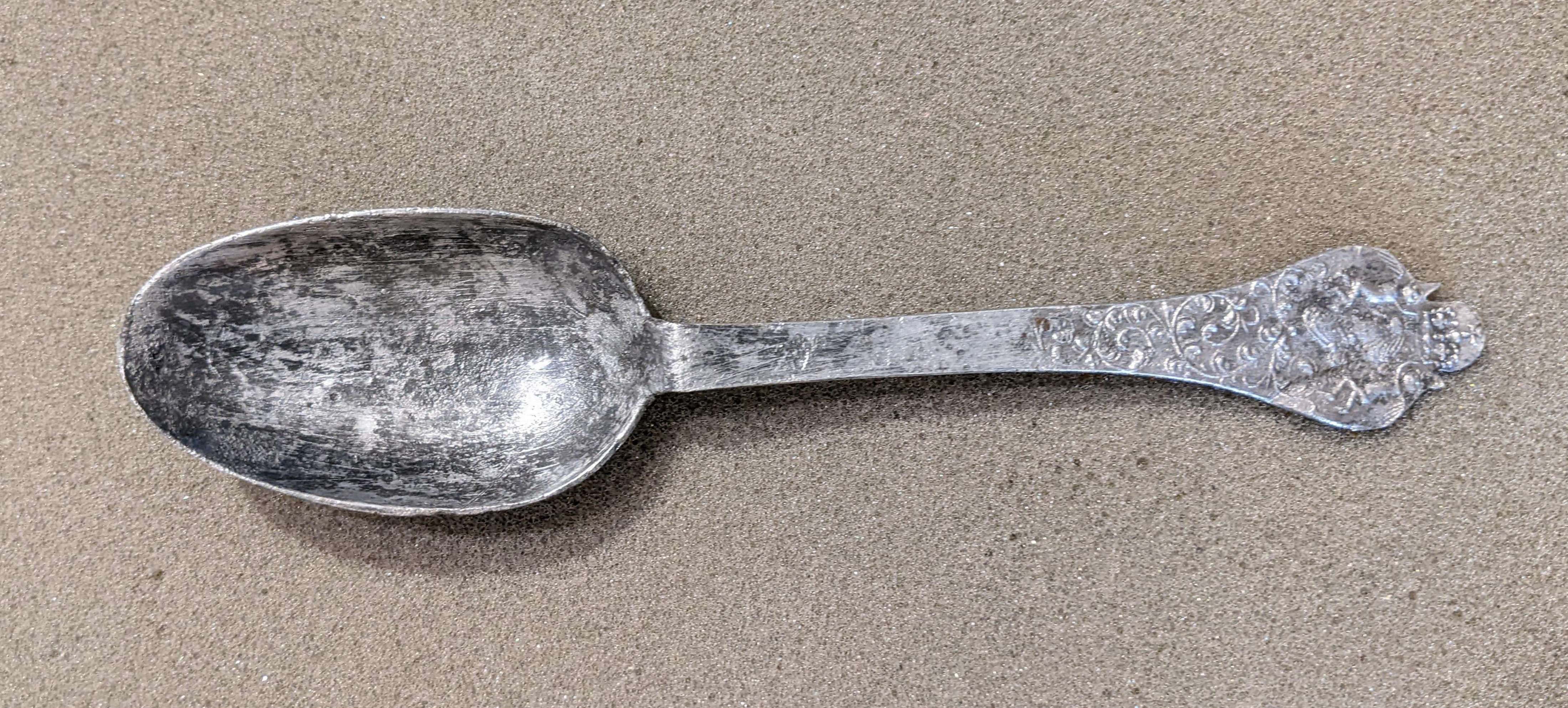
For much of the eighteenth century, colonists expressed their cultural identity as citizens of the British Empire through objects and rituals associated with tea. Tea drinking’s popularity led to a surge in production of teapots, cups, saucers, and spoons. This spoon, excavated from Faneuil Hall, may have stirred tea sweetened with sugar produced by enslaved labor in the Caribbean, reflecting Boston’s ties to a wider empire built on slavery. During the Revolution, tea took on a new meaning as a symbol of resistance, as colonists threw chests of tea overboard in protest, and women boycotted tea in favor of drinking chocolate.
Region
Flint Ballast, early 17th century, excavated by the Institute for Conservation Archaeology at the Maudlin Archaeological District in Charlestown, 1982-1983, City of Boston Archaeology Program
Many ships made voyages along the coast of the New England region in the seventeenth and eighteenth centuries. Ballast consisted of heavy materials such as rocks placed in a ship’s hold to maintain stability and proper buoyancy during sailing. This ballast came from the James Garrett House Site in Charlestown, which was excavated before Boston’s Big Dig construction project. Garrett, a wealthy English merchant, lived there between 1639 and 1656. Archaeologists also found stone tool debitage (debris from stone tool making) showing that Indigenous people used the area before and possibly during the time period of Garrett family’s residency.
City

This powder horn, signed “E.B.,” belonged to a British soldier occupying Boston from 1775 to 1776. Used for storing gunpowder, with removable plugs at both ends for filling and pouring, the horn features a map of Boston and Charlestown. It’s likely that E.B. decorated this horn himself, carving a crown to symbolize his loyalty to the king, and a British man-of-war ship. He also inscribed his contempt for the Patriots: “A Pox on rebels in their crymes [crimes].”
Landmark
This musket ball and gunflint, excavated from the Boston Common, were likely left behind by British soldiers stationed there in 1775. These items may have been dropped during routine drills or daily activities as the British Army tried to subdue the colonial rebellion. These ordinary objects, among countless artillery tools used by both sides, offer a small-scale glimpse into the remnants of the British Army’s ten-month siege of Boston.
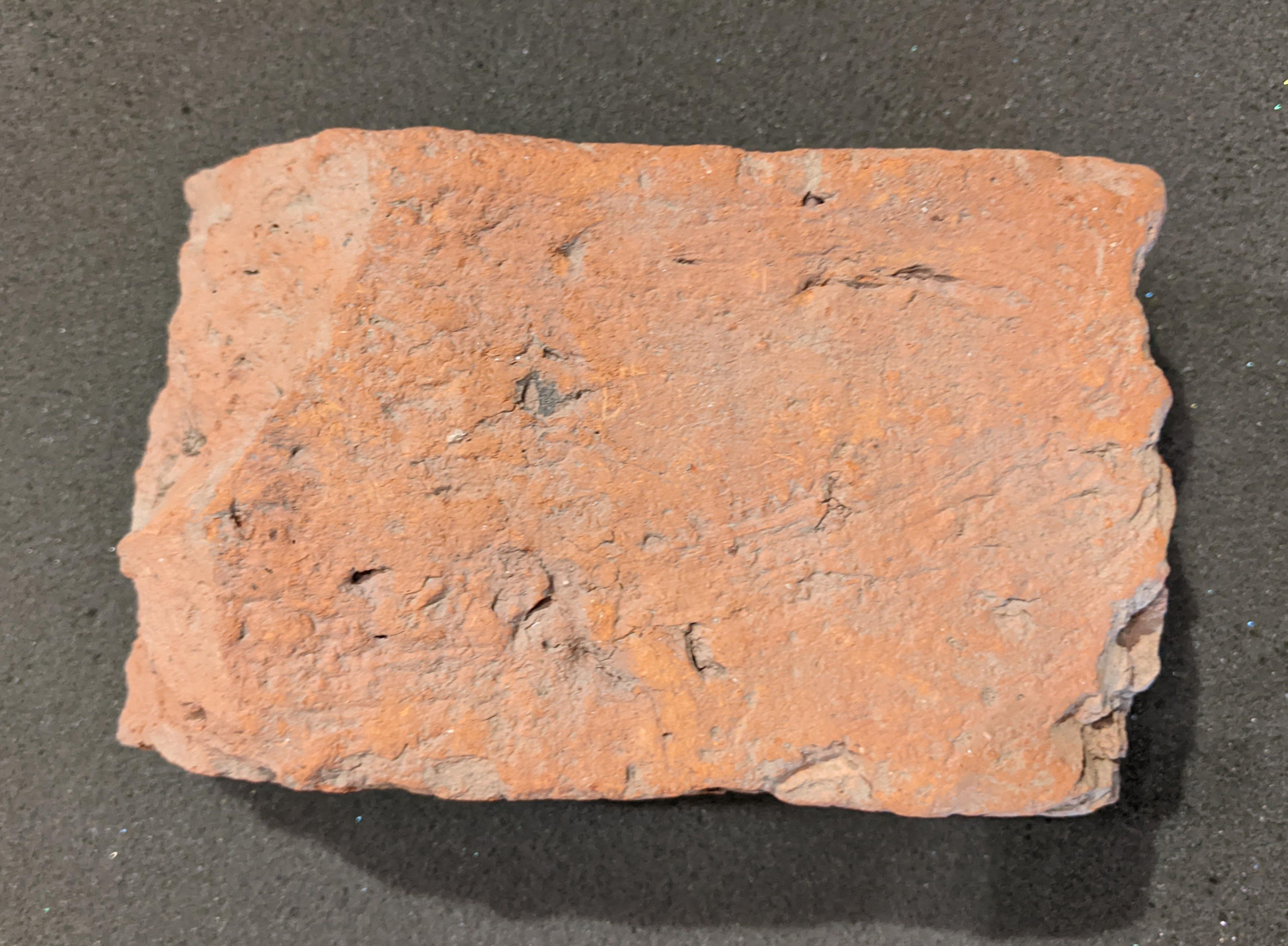
In the eighteenth century, the Boston Common was the location of a powder house, a structure used for storing gunpowder. This landmark was so recognizable that it frequently appeared in period maps and engravings. Because these explosive storehouses posed risks to nearby people and buildings, they were typically built in isolated areas. Boston’s cow pasture, better known as the Common, proved an ideal setting. This brick is a remnant of that powder house, which the British Army demolished to prevent rebel access to munitions.
Nation
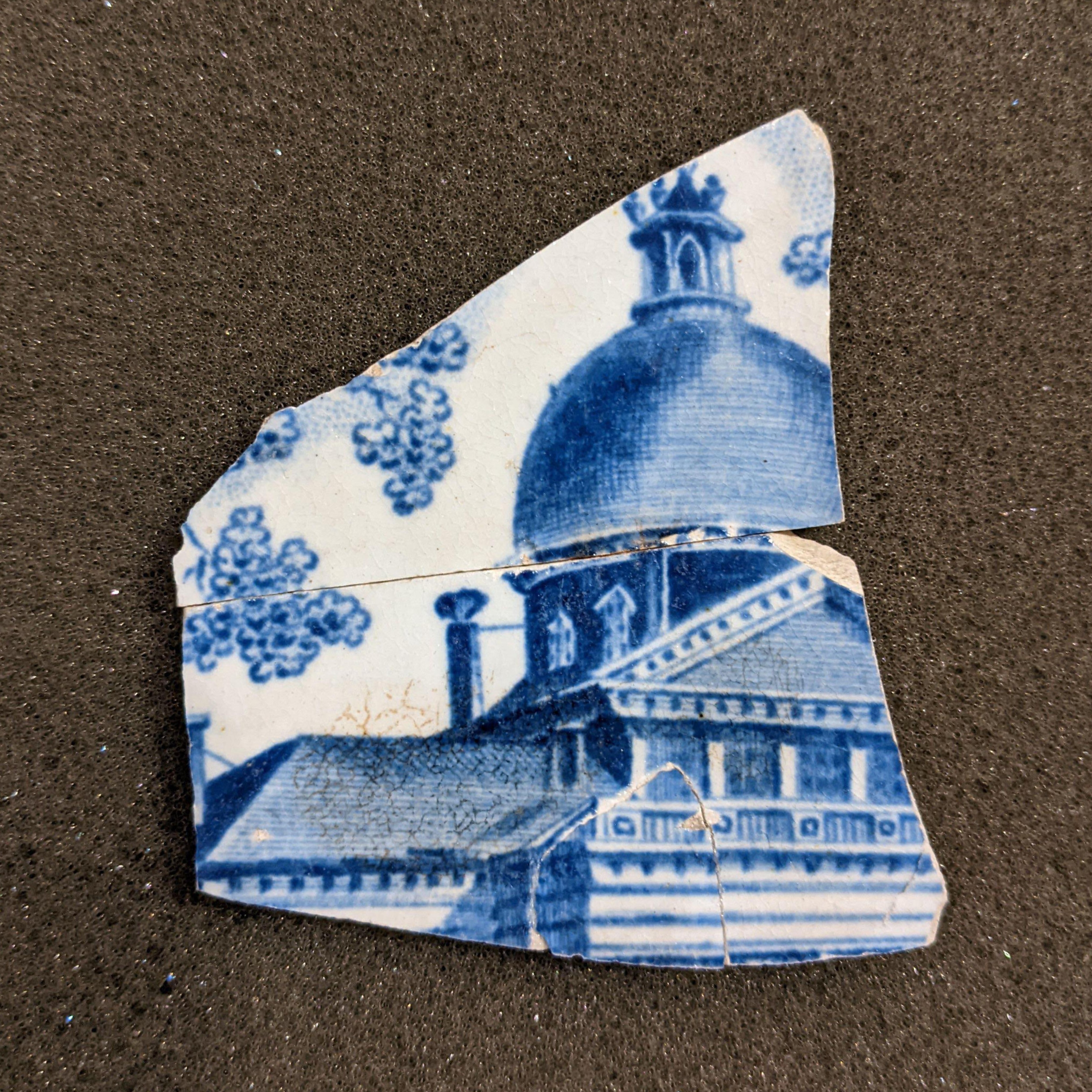
Boston sought to reinvent itself in the new republic by building grand civic spaces befitting the state of Massachusetts. This small sherd (pottery fragment) of blue transfer-printed pearlware depicts a portion of the State House roof. The Charles Bulfinch-designed building was constructed in 1795 and replaced the Old State House on State Street as the site of government. The iconic golden dome we know today was not present until 1874, when the original wooden and copper dome was gilded.
